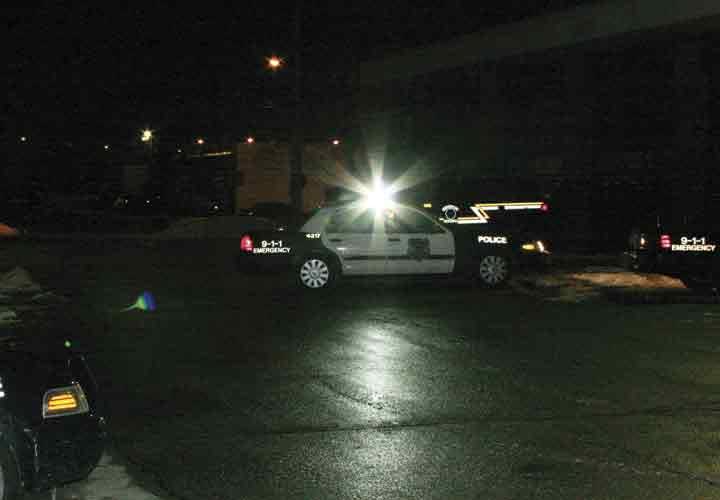You have probably been told by your bosses to go and "shake the bushes" while out on patrol to see what you can find. When you drive by an area and light it up with your alley lights, you are shaking those bushes.
If people are up to something criminal, they don't want to be lit up by your car. Also being lit up may cause them to think that you are on to them, resulting in sudden flight, which will alert you to their presence. Proper use of your alley lights can take away the bad guys' cover of darkness and diminish their opportunities for escape.
Tactical Advantages
Using alley lights can also provide a tactical advantage. When people approach your cruiser from the side, they will be illuminated to allow better observation of what is in their hands as well as available descriptors such as clothing and hair color. Also, the light can impair a person's vision, which can affect aim, in case the person was intending to direct fire at you.
A useful way to appreciate what alley lights can do is to stand outside your cruiser when the alley lights are on and look at them. Although not as bright as the rotating spotlight, they can still provide a distraction for someone looking directly into them. Sometimes that is all that’s needed to cause a suspect to become slightly disoriented, if even momentarily, and have trouble acquiring a good sight picture against you.












